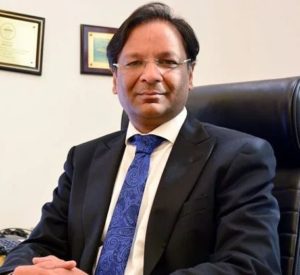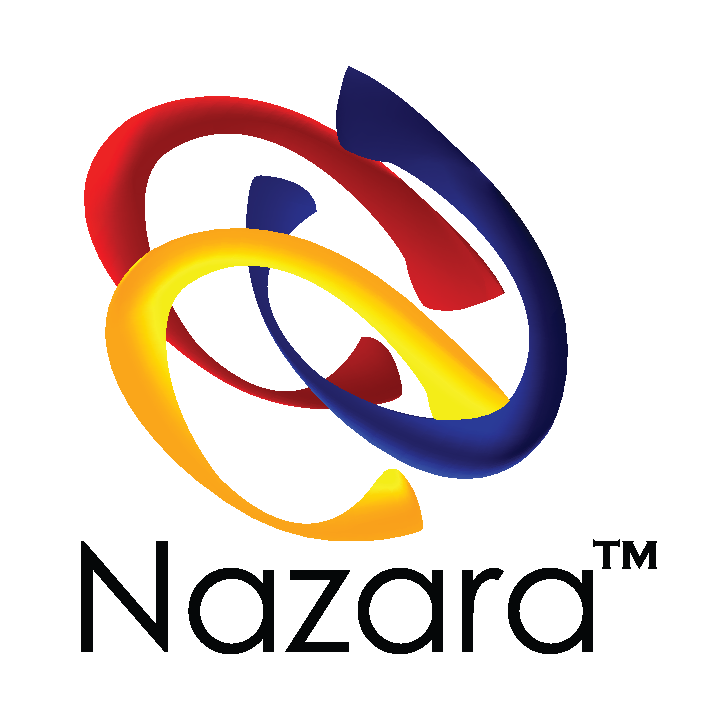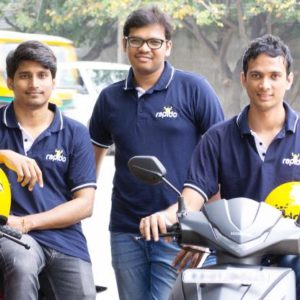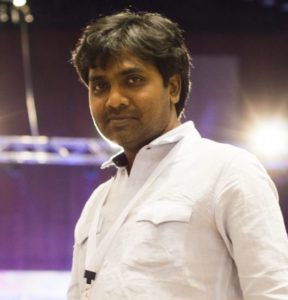Paytm Suffers Almost Tripled Losses in FY19 due to Additional Expenses on Promotions
Online banking and payment apps have made life a lot easier, and the rewards we get on the payments are a plus. Paytm being the earliest and the biggest player in the country has been the most used payment app. But with the arrival of other payment apps, the former has to face some good losses. Reportedly, Paytm’s parent company has suffered a 165% extended loss for the financial year that ended on 31st March.
The company reported a total of Rs 3959 crore ($549 million) loss which is triple times up its last year’s losses, i.e., 1490 crore ($206 million). Going further, collectively, One97 Communication, including its other business, had to suffer a loss of Rs 4217.20 crore ($584 million), which is way above its last year’s losses, and that is Rs 1604.34 crore ($222 million).
“The company has incurred huge capital expenditure in creating a brand and establishing its business activity. We have incurred a considerable amount in various capital & operational expenditures which resulted in losses during the financial year,” said the company in the annual report.
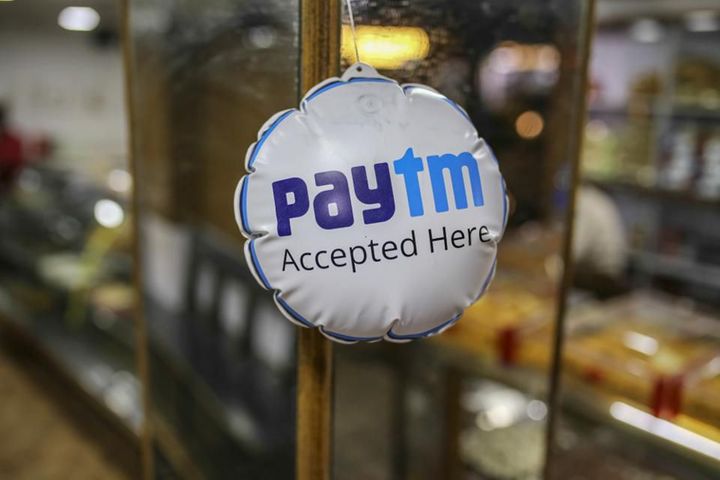
Despite the losses, even the revenue of the company is up from its last year’s, i.e., Rs 3232 crore ($448 million) from Rs 3052 crore ($423 million). And, the company is even planning to invest a $3 billion for the growth of its business. According to its previous announcement, the company is even looking forward to going public with the next two year. But seeing its past expenditures, the company had spent a lot in the promotion of its app than it earned from it. So amid the raised competition, it has to be careful about its spendings in the coming future.
“For the last two years, we have been investing $1 billion each year to expand the digital payments ecosystem in our country. We will further invest about $3 billion in the next two years to scale the same,” said a Paytm spokesperson.
There has been a tough competition for Paytm as there are not less than ten payments (national and international) apps that are offering people exclusive offers along with the easy payments. Most of the big companies have brought their payments app, Google Pay and PhonePe, being the ruling party among of all. In fact, UPI-based apps like PhonePe are backed by the government and are even more flexible for the payments than Paytm. So it has become quite difficult for the company to stay firm in the market.
But according to the company, it is safe and is already spending on expending and strengthening its business and has claimed that the next year, there won’t be such losses. For now, the company is entirely focusing on its payments bank, insurance and insurance broking, travel ticketing, hotel and mobile wallet services, etc.

Yashica is a Software Engineer turned Content Writer, who loves to write on social causes and expertise in writing technical stuff. She loves to watch movies and explore new places. She believes that you need to live once before you die. So experimenting with her life and career choices, she is trying to live her life to the fullest.

